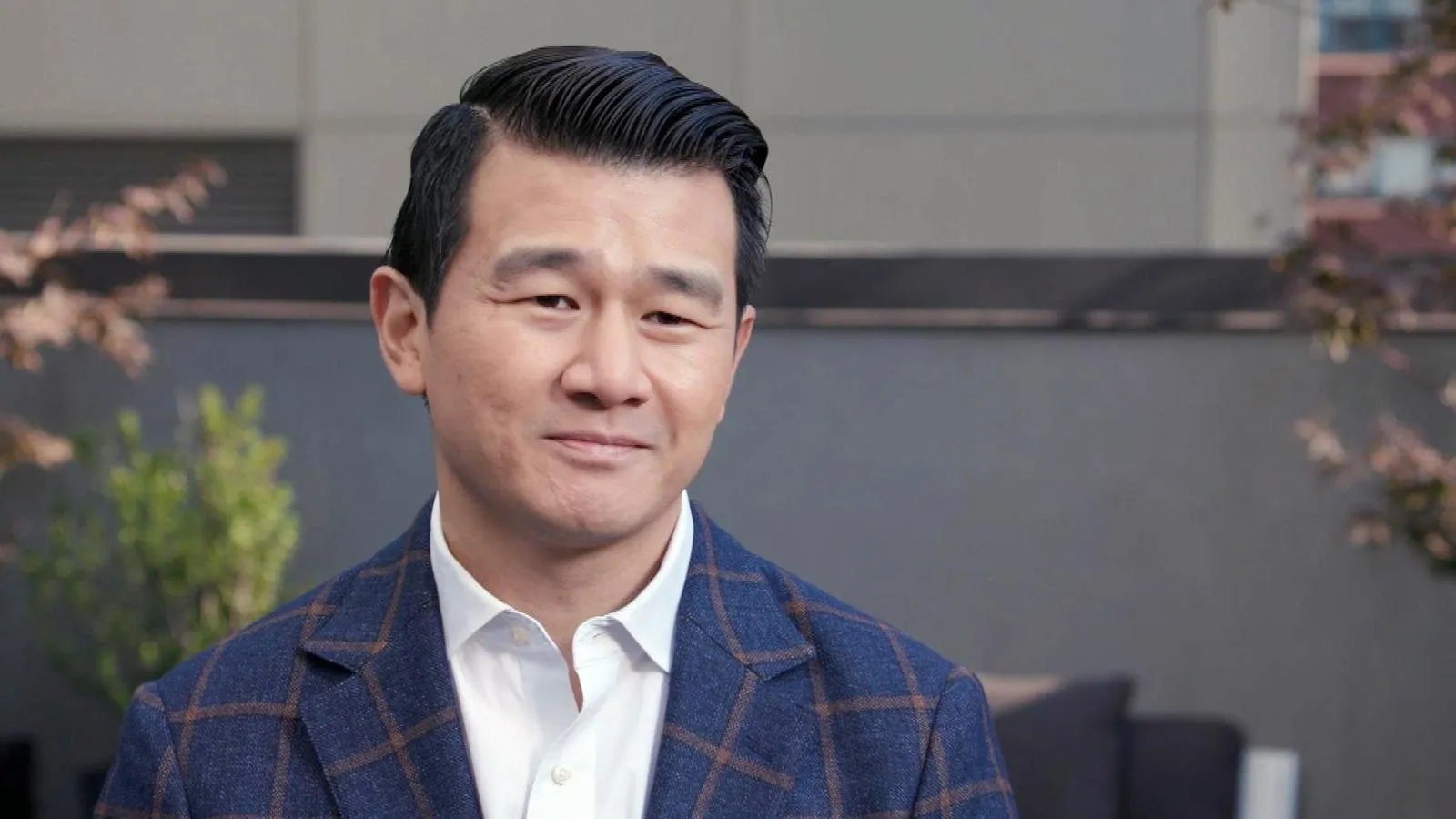Soledad OBrien: Tourist Kuba Mask & Lulua Sculpture
GUEST: We have these little figurines. I don't even know what I would call them. Some of them are little banks, so they have a clear use, but others I couldn't even tell you what they are. When were they created and why? Was it something disrespectful or is it something that was done in a positive way? I know so little about it that I'm very interested in just hearing a little bit more.
APPRAISER: How did you come to own all of these figures?
GUEST (chuckling): It's a little bit of a crazy story. I live in New York City, usually, and I was walking down the street with the guy who runs a show that I do. His name is Emerson and he, he is the one who really noticed that there was a... like a guy on the street with a little table set up selling these figurines, but a bunch of other random things. And Emerson and I-- he's Black, I'm Black-- we looked at each other like, "Oh, we need to buy these." Both of us knew we didn't want them in anybody else's hands.
APPRAISER: Why?
GUEST: I'm a little protective of them. I don't want to leave them on the street for just anybody to grab them and use them in ways that don't honor, if that's the right word, what the backstory is. And I don't know if there's any value in it. I think I paid like nine dollars for the big ones...
APPRAISER: Wow.
GUEST: ...and five dollars for the little ones. (laughing): My goal was to grab them off the street... and put them in a box, and bring them home, and come up with a strategy about how we feel about them and what we need to do with them.
APPRAISER: When you saw them, did you know about these kinds of figures at all?
GUEST: No, none, nothing.
APPRAISER: They're painted cast-iron banks. These are mechanical banks. These are still banks.
GUEST: Mm.
APPRAISER: The history of these kind of figures were they were made after the Civil War because there was a lot of people who were angry about the freedoms that the slaves received, and they wanted to demean the Black people by making these kind of caricatures of their features. That's why the lips of these kinds of figures are very red, and very prominent, and they're using stereotypes, like the watermelon, to put down the Black people. That's originally why they were made. Actually, these two over here, these are mechanical banks. You put a penny here, and you press this lever, and this kind of bank was marketed towards children. That's how ingrained it was that even your children can make fun of Black people.
GUEST: All these people who've now been freed from the Civil War, and yet they have a tremendous obstacle to overcome. And they're only in
subservient jobs, right?
APPRAISER: Exactly.
GUEST: Classic mammy kind of role.
APPRAISER: Yeah. Yeah.
GUEST: And now, and now being mocked, essentially, for being the underclass. So how do we think about displaying it, putting it somewhere in a way that does justice to its history?
APPRAISER: Yes. Yes.
GUEST: I'm not sure like the answer to, to uncomfortable history is wrap it all up, stuff it under the bed, and don't let anybody talk about.
APPRAISER: I totally agree with you. I don't think they should be put away because this is history. This happened. This was made for a reason and people should know why it happened. Even though they're offensive, these types of figures are still made today. Most of yours are likely newer pieces modeled after earlier toys but made to look old. This figure over here, you notice, looks... has an overall wear.
GUEST: Mm-hmm.
APPRAISER: And it is way too uniform. Things don't age this way.
GUEST: Oh.
APPRAISER: This one looks like it was buried in this... in the backyard. Just to...
GUEST: To make them look older?!
APPRAISER: Exactly.
GUEST: (laughs)
APPRAISER: There is a group of people who romanticize that era and they are the ones who would buy these. But other people buy it for different reasons. A lot of Black collectors, a lot of African American collectors, buy up all of these figures because they didn't want it out in the public.
GUEST: Well, we did that.
APPRAISER: Yes.
GUEST: We took every single one.
APPRAISER: Exactly. As far as value goes, contemporary pieces like these can sell for under $100 each. 19th and earlier 20th century ones can sell for
over $100.
GUEST: I like knowing the backstory on it. I think it's an interesting and, and sometimes uncomfortable history so I... I'm glad to know it. And now at least I can make a thoughtful decision…
APPRAISER: Exactly.
GUEST: …about how we'll... how we'll display them somewhere.
APPRAISER: Yes. Display them and talk about them.
GUEST: Yeah.
APPRAISER: That's what needs to happen.
GUEST: Yeah, I agree.

$300 - $600 Auction
Soledad OBrien
Featured In

episode
Celebrity Edition, Hour 3
Learn about Ronny Chieng, Mo Willems, Soledad O’Brien, and Christian Siriano’s treasures!
Understanding Our Appraisals
Placeholder





